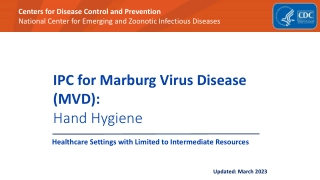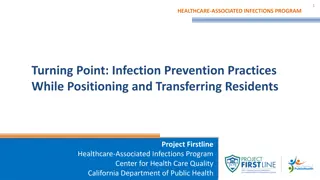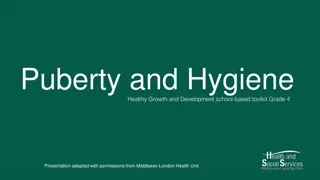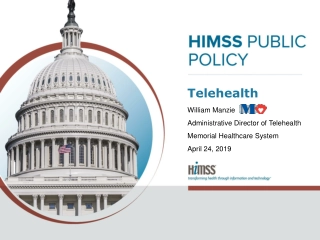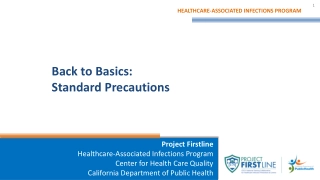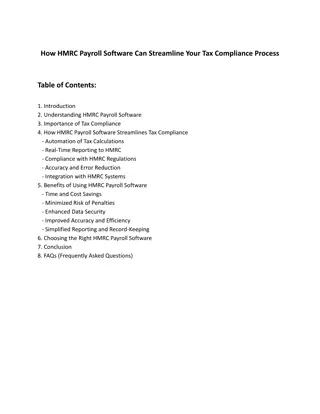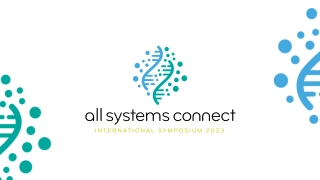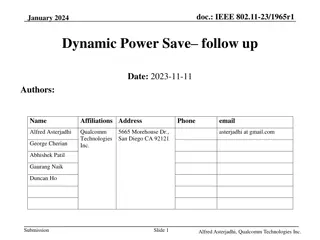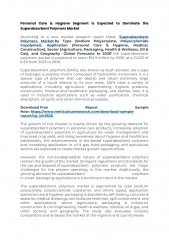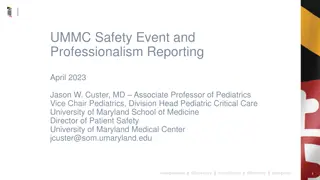Improving Hand Hygiene Compliance and Reducing Unnecessary Glove Use in Healthcare Settings
In healthcare settings, proper hand hygiene is crucial for infection prevention. Despite the common use of gloves, studies show low hand hygiene compliance rates when gloves are utilized, leading to cross-contamination risks. A quality improvement program aims to enhance hand hygiene compliance, increase healthcare worker awareness, reduce non-sterile glove use, and develop a sustainable strategy for broader implementation. Pilot audits revealed significant unnecessary glove usage, highlighting the need for improved practices in healthcare facilities.
Improving Hand Hygiene Compliance and Reducing Unnecessary Glove Use in Healthcare Settings
PowerPoint presentation about 'Improving Hand Hygiene Compliance and Reducing Unnecessary Glove Use in Healthcare Settings'. This presentation describes the topic on In healthcare settings, proper hand hygiene is crucial for infection prevention. Despite the common use of gloves, studies show low hand hygiene compliance rates when gloves are utilized, leading to cross-contamination risks. A quality improvement program aims to enhance hand hygiene compliance, increase healthcare worker awareness, reduce non-sterile glove use, and develop a sustainable strategy for broader implementation. Pilot audits revealed significant unnecessary glove usage, highlighting the need for improved practices in healthcare facilities.. Download this presentation absolutely free.
Presentation Transcript
NSW Health GLOVES OFF! Clean hands. Safe for all Patricia Knight Clinical Nurse Consultant Infection Prevention Service November 2023
GLOVES and Sustainability Internationally between 1 5% of carbon emissions are attributed to healthcare The carbon footprint of a single glove is 34g of CO2 emissions A single ward at the JHH utilises 30 000 non sterile gloves a month, 360 000 a year This is equivalent to driving around Australia six times
GLOVES and Infection Prevention and Control Gloves do not provide complete protection against hand contamination Glove use is widely accepted to be associated with poor hand hygiene compliance Studies show hand hygiene compliance as low as 41% when gloves are utilised 49% of healthcare workers do not perform hand hygiene when removing gloves 37% of glove usage leads to cross contamination with healthcare workers touching multiple surfaces whilst wearing the same gloves.
Project Aim 01 02 03 04 Improve hand hygiene compliance Improve healthcare worker risk assessment confidence and understanding Reduce un- necessary use of non-sterile gloves Design and deliver a quality improvement package which can be used by other wards and across HNE
GLOVES OFF, clean hands, safe for all Quality improvement program PILOT WARDS H3 AND J3 ACUTE SURGICAL WARDS JOHN HUNTER HOSPITAL BASELINE MEASURES PRE EDUCATION AUDITS, DATA COLLECTION AND STAFF SURVEY EDUCATION POST EDUCATION AUDIT EVALUATION DEVELOP ROADMAP FOR BROADER JHH ROLL OUT AND DISTRICT PARTICIPATION
Pilot ward pre intervention audits Of the 239 The two pilot wards were audited for glove usage during the month of June moments audited 75% 60% of observed glove use was not required of missed hand hygiene moments were associated with unnecessary glove use
When are non-sterile gloves required? Anticipating direct contact with non-intact skin, or mucous membrane Anticipating direct contact with blood, body substances, secretions or excretions Handling or touching visibly or potentially contaminated patient-care equipment, and environmental surfaces Physical contact with clinical waste, eg dressings or contaminated linen / clothing Blood glucose and haemoglobin monitoring
When are non-sterile gloves required? Intravenous cannula insertion Performing an invasive procedure, venepuncture or a finger or heel prick. Urinary catheter care Routine intra-oral dental procedures Assisting with toileting Handling cytotoxic medications (purple gloves)
When are non-sterile Gloves not needed? Direct physical contact with intact skin Activities of daily living, eg washing Routine observations (eg blood pressure measurement) Performing subcutaneous, intramuscular, or intradermal injections Accessing cannula / IV line using aseptic non-touch technique
When should gloves be changed ? Between episodes of care for different patients During care of the same patient after each episode of individual care if moving from a contaminated body site to another site. Work from clean to dirty site. If gloves become torn or punctured
References CLINCAL EXCELLENCE COMMISSION (2020) Infection prevention and control practice handbook , Sydney, Australia Infection Prevention and Control Practice Handbook (nsw.gov.au) National Health and medical research council. (2022). Australian Guidelines for the Prevention and Control of Infection in Healthcare, Canberra, Australia. Australian Guidelines for the Prevention and Control of Infection in Healthcare (nhmrc.gov.au) National Health and medical research council. (2019). Clinical Educators Guide: Australian Guidelines for the Prevention and Control of Infection in Healthcare, Canberra, Australia. Clinical Educators Guide: Australian Guidelines for the Prevention and Control of Infection in Healthcare (nhmrc.gov.au) Australian Commission on Safety and Quality in Healthcare, (2023). Glove use and Hand hygiene What is hand hygiene? | Australian Commission on Safety and Quality in Health Care Jain, S., Clezy, K., & McClaws, M. (2019). Modified glove use for contact precautions: Health care workers Perceptions and acceptance. American Journal of Infection Control 47. https://doi.org/10.1016/ajic.2019.01.009



